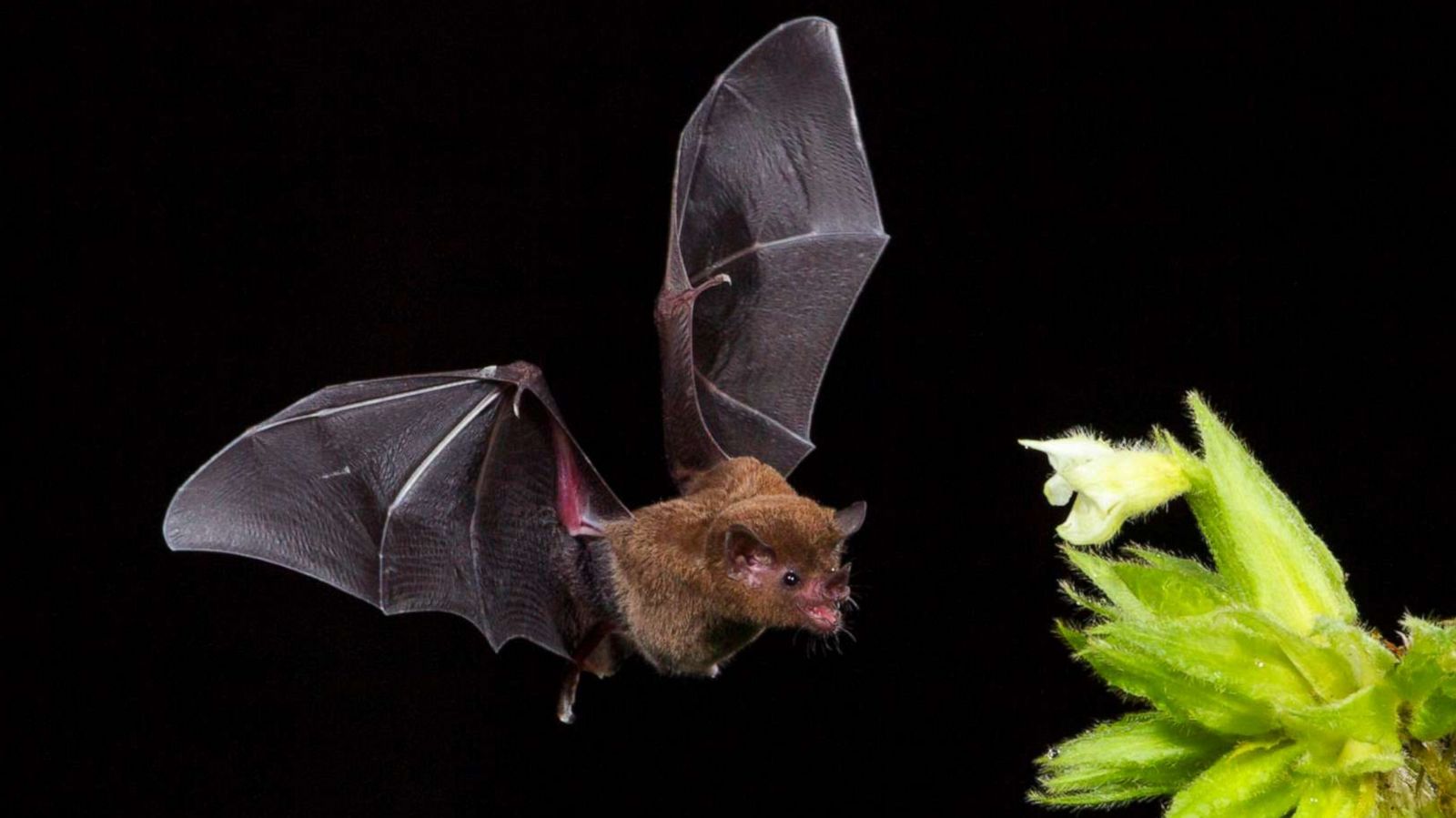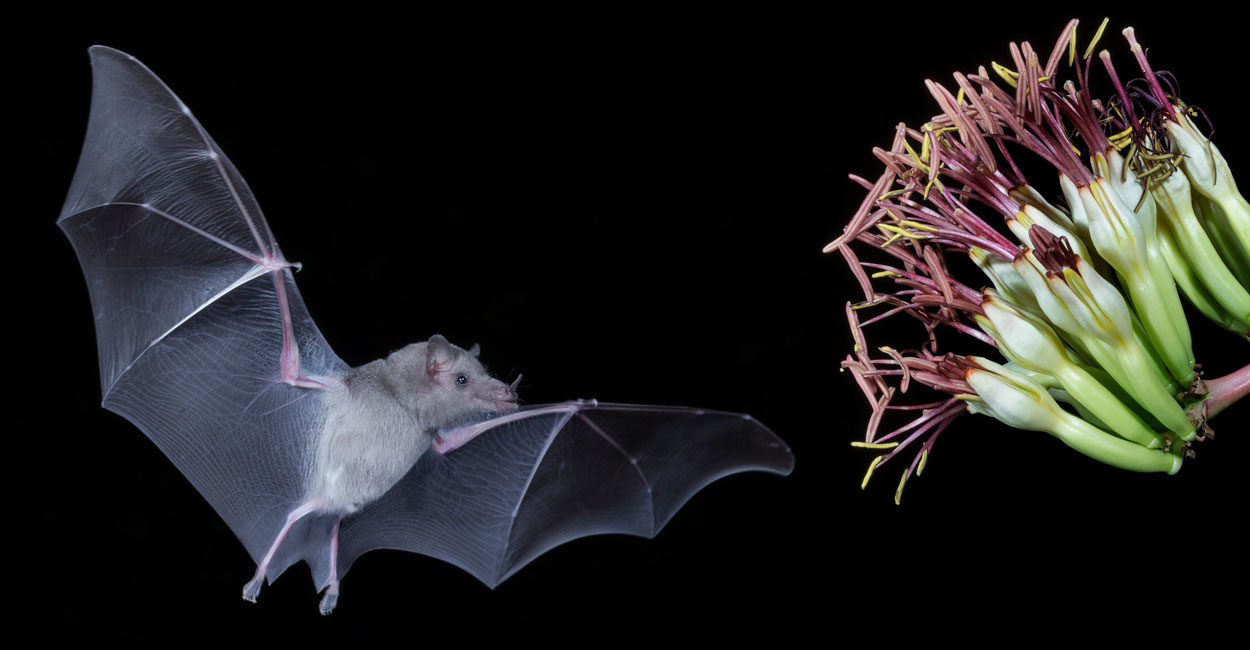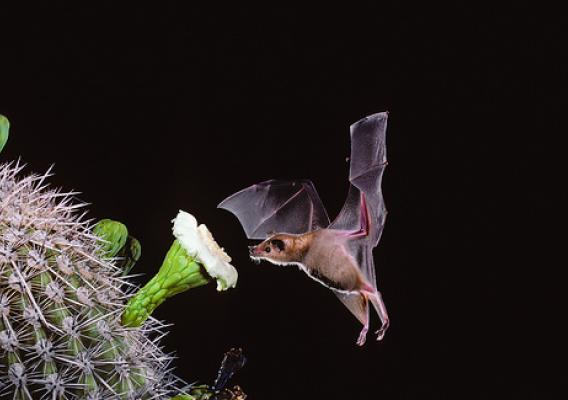Judi Lynn
Judi Lynn's JournalA Pact with the Devil? The United States and the Fate of Modern Haiti
by LESLIE ALEXANDER
In 1826, Southern antagonism towards Haiti erupted on the floors of Congress, when John Quincy Adams proposed that the United States should participate in a conference of independent American nations at which Haiti might also be represented. In response, Southern congressional leaders unleashed their fury in a tirade against the Haitian republic, spewing racist propaganda and insisting that Haitian independence must never be recognized.
Years later, during a speech in 1893, abolitionist Frederick Douglass aptly described the U.S. government's response to the Haitian Revolution as a demonstration of Americans' discomfort with Black freedom and self-determination. "Haiti is black, and we have not yet forgiven Haiti for being black…After Haiti had shaken off the fetters of bondage, and long after her freedom and independence had been recognized by all other civilized nations, we continued to refuse to acknowledge the fact….and treated her as outside the sisterhood of nations."
French Debt, Haitian "Freedom"
Until 1825, the U.S. government could easily justify their non-recognition policy on the grounds that its ally, the French government, was unwilling to recognize the independence of its former colony. From a purely diplomatic standpoint, it would have been a poor strategic decision for the United States to acknowledge Haiti if the French refused to do so.
That changed in 1825. In order to gain diplomatic recognition, and to gain entrance into the global trade arena, the Haitian government entered into a very costly agreement with France.
France agreed to recognize Haiti as a sovereign nation, but demanded that Haiti pay compensation and reparations in exchange. The Haitians, with their diplomatic and economic backs against the wall, agreed to pay the French.
The French government sent a team of accountants into Haiti in order to place a value on all lands and physical assets, including the 500,000 citizens who were formerly enslaved, and declared the value at 150 million gold francs, which in contemporary terms would equate to well over $20 billion.
Payments began immediately. And although Haiti was finally able to officially "buy" its economic freedom and diplomatic recognition, the debt of 150 million francs was a massive burden from which Haitians have never been able to fully recover.
More:
https://origins.osu.edu/article/pact-devil-united-states-and-fate-modern-haiti/page/0/1
Young Ravens Rival Adult Chimps in a Big Test of General Intelligence
At just four months of age, the birds performed equally well as great apes on understanding numbers, following cues and many more tasks
By Rachel Nuwer on December 10, 2020

Two ravens. Credit: Alamy
Scientists and casual observers alike have known for years that ravens and their corvid relatives are extremely smart. But most studies use single experiments that provide a limited view of their overall intelligence. “Quite often, in single tasks, you’re just testing whether the bird can understand that you’re hiding something,” says Simone Pika, a cognitive scientist at Osnabrück University in Germany.
A new study that that tries to address that deficit provides some of the best proof yet that ravens, including young birds of just four months of age, have certain types of smarts that are on par with those of adult great apes. The brainy birds performed just as well as chimpanzees and orangutans across a broad array of tasks designed to measure intelligence. “We now have very strong evidence to say that, at least in the tasks we used, ravens are very similar to great apes,” says Pika, lead author of the study. “Across a whole spectrum of cognitive skills, their intelligence is really quite amazing.” The findings, published in Scientific Reports, add to a growing body of evidence indicating that impressive cognitive skills are not solely the domain of primates but occur in certain species across the animal kingdom.
In their new work, Pika and her colleagues turned to a large group of tests that study co-author Esther Herrmann of the Max Planck Institute for Evolutionary Anthropology in Leipzig, Germany, originally developed in 2007 to investigate cognitive performance in great apes and human children. Herrmann’s method measures general performance across a range of social and physical tasks rather than just one specific aspect of cognitive reasoning, as most prior approaches did. Herrmann and other scientists have used her now well-established technique to make additional cross-species comparisons in monkeys, dogs and parrots.
Pika, Herrmann and their colleagues adapted and administered the same suite of tests to eight hand-raised ravens. The assays consisted of nine physical categories and six social ones, which were individually comprised of up to four different tasks repeated multiple times each. “We tried to have many tasks in many domains to have a comprehensive understanding of what ravens can do,” Pika says. “It was so much work!”
More:
https://www.scientificamerican.com/article/young-ravens-rival-adult-chimps-in-a-big-test-of-general-intelligence/
Sonoran Government Supports Sustainable Bacanora Distinction To Protect Bats, Agave
By Kendal Blust
Published: Thursday, December 10, 2020 - 4:20pm
Government leaders in neighboring Sonora, Mexico have agreed to support a sustainable label for producers of a local agave spirit who meet certain conservation standards.
The Sonoran agave distillate Bacanora is gaining recognition alongside other Mexican agave spirits like tequila and mezcal. But there’s a shortage of agave plants needed to produce it, in part because of illegal harvesting to make Bacanora.
Now, a network of nonprofits called Cenko, or the Center for Collaboration of Science and Culture, has teamed up with state leaders and the Sonoran Bacanora Regulatory Council to help solve that problem by offering a sustainable production designation for Bacanora producers who meet requirements to protect agave plants, and the bats that feed on and pollinate them.
. . .
With the new certification, Cenko and the state government will support research into the best ways to propagate agave, foster the establishment of commercial agave fields, and create public policies that support the Bacanora industry's sustainable growth, Vidal said.
Plus, he said, these measures will allow the Sonora to be promoted as “bat friendly" state.
More:
https://fronterasdesk.org/content/1642454/sonoran-government-supports-sustainable-bacanora-distinction-protect-bats-agave









Cuban Flower Bat


Until tonight, I thought little bats only eat insects! Wow! Bats! ![]()
Colombia considering 20% minimum wage cut for new jobs
by Adriaan Alsema December 8, 2020
Colombia’s finance minister proposed to temporarily allow employers to hire workers for 80% of the country’s $250 monthly minimum wage, claiming this would boost economic recovery.
Finance Minister Alberto Carrasquilla made the proposal after brainstorming with economists and business associations about how to help the economy recover from to the coronavirus, which has skyrocketed both poverty and unemployment in Colombia.
In an interview with Blu Radio, the minister said he and former finance ministers believed that the measure, which would allow employers to formally pay newly hired workers for a period of a few weeks, would stimulate employers to hire new personnel.
Former Finance Minister Rudolf Hommes, who supports the proposal, said it could create a million jobs for the estimated 2 million people who were out a job in October, according to statistics agency Dane.
More:
https://colombiareports.com/colombia-considering-20-minimum-wage-cut-for-new-jobs/
![]()
The Social Life of Forests
Trees appear to communicate and cooperate through subterranean networks of fungi. What are they sharing with one another?
By Ferris Jabr
Photographs by Brendan George Ko

As a child, Suzanne Simard often roamed Canada’s old-growth forests with her siblings, building forts from fallen branches, foraging mushrooms and huckleberries and occasionally eating handfuls of dirt (she liked the taste). Her grandfather and uncles, meanwhile, worked nearby as horse loggers, using low-impact methods to selectively harvest cedar, Douglas fir and white pine. They took so few trees that Simard never noticed much of a difference. The forest seemed ageless and infinite, pillared with conifers, jeweled with raindrops and brimming with ferns and fairy bells. She experienced it as “nature in the raw” — a mythic realm, perfect as it was. When she began attending the University of British Columbia, she was elated to discover forestry: an entire field of science devoted to her beloved domain. It seemed like the natural choice.
By the time she was in grad school at Oregon State University, however, Simard understood that commercial clearcutting had largely superseded the sustainable logging practices of the past. Loggers were replacing diverse forests with homogeneous plantations, evenly spaced in upturned soil stripped of most underbrush. Without any competitors, the thinking went, the newly planted trees would thrive. Instead, they were frequently more vulnerable to disease and climatic stress than trees in old-growth forests. In particular, Simard noticed that up to 10 percent of newly planted Douglas fir were likely to get sick and die whenever nearby aspen, paper birch and cottonwood were removed. The reasons were unclear. The planted saplings had plenty of space, and they received more light and water than trees in old, dense forests. So why were they so frail?
Simard suspected that the answer was buried in the soil. Underground, trees and fungi form partnerships known as mycorrhizas: Threadlike fungi envelop and fuse with tree roots, helping them extract water and nutrients like phosphorus and nitrogen in exchange for some of the carbon-rich sugars the trees make through photosynthesis. Research had demonstrated that mycorrhizas also connected plants to one another and that these associations might be ecologically important, but most scientists had studied them in greenhouses and laboratories, not in the wild. For her doctoral thesis, Simard decided to investigate fungal links between Douglas fir and paper birch in the forests of British Columbia. Apart from her supervisor, she didn’t receive much encouragement from her mostly male peers. “The old foresters were like, Why don’t you just study growth and yield?” Simard told me. “I was more interested in how these plants interact. They thought it was all very girlie.”

Now a professor of forest ecology at the University of British Columbia, Simard, who is 60, has studied webs of root and fungi in the Arctic, temperate and coastal forests of North America for nearly three decades. Her initial inklings about the importance of mycorrhizal networks were prescient, inspiring whole new lines of research that ultimately overturned longstanding misconceptions about forest ecosystems. By analyzing the DNA in root tips and tracing the movement of molecules through underground conduits, Simard has discovered that fungal threads link nearly every tree in a forest — even trees of different species. Carbon, water, nutrients, alarm signals and hormones can pass from tree to tree through these subterranean circuits. Resources tend to flow from the oldest and biggest trees to the youngest and smallest. Chemical alarm signals generated by one tree prepare nearby trees for danger. Seedlings severed from the forest’s underground lifelines are much more likely to die than their networked counterparts. And if a tree is on the brink of death, it sometimes bequeaths a substantial share of its carbon to its neighbors.
More:
https://www.nytimes.com/interactive/2020/12/02/magazine/tree-communication-mycorrhiza.html
Moro Talks to Brazil's Federal Police about The Formation of the 'Hate Office'
Ex-minister says he heard colleagues comment on Carlos Bolsonaro's involvement
Nov.30.2020 1:40PM
Marcelo Rocha
BRASÍLIA
Former Justice Minister Sergio Moro told the Federal Police that he heard comments from palatial ministers about the connection of councilman Carlos Bolsonaro (Republicans-RJ), the son 02 of President Jair Bolsonaro, with the so-called "hate office."
The former judge also said he was the target of attacks by the group after leaving office.
Moro gave the testimony on the 12th, as part of the Supreme Court investigation into the anti-democratic acts.

BRASILIA , DF , Carlos Bolsonaro and Jair Bolsonaro. Foto: Geraldo Magela | Agência Senado
The "hate office" is responsible for part of Bolsonaro's digital strategy. The ideological bunker is on the Planalto Palace's third floor, just a few steps from the Presidency office.v
More:
https://www1.folha.uol.com.br/internacional/en/brazil/2020/11/moro-talks-to-brazils-federal-police-about-the-formation-of-the-hate-office.shtml?utm_source=newsletter&utm_medium=email&utm_campaign=newsen
White supremacy in Colombia Part 1: Kill the Indians!
by Adriaan Alsema October 17, 2020
Racial discrimination in Colombia wasn’t a criminal offense until 2011 after a centuries-long history of white supremacy that persists until this day.
The concept of white supremacy was introduced by the Spanish after their arrival in the early 16th century, but 500 years later it is alive and well, especially when it comes to indigenous peoples of whom 67 were assassinated so far this year.
. . .
Many Colombians continue referring to indigenous with the same dehumanization and victim-blaming used at the beginning of their ethnic cleansing 500 years.
. . .
The first royal annihilation order
The Wayuu were the first people now called Colombians to meet a European, Alfonso de Ojeda, who convinced the Spanish crown to found a colony in La Guajira in 1500 or 1501.
Within three months, De Ojeda became the first of many Spanish to learn that the Wayuu were the only nation that could not be subdued.
The Kuna, on the contrary, welcomed De Ojeda and his fellow explorer Vasco Nuñez to the Uraba region just like they would later welcome French traders and Scottish pirates.
. . .
This welcoming attitude is believed to be the reason they were nearly annihilated and no longer live in Colombia.
Following De Ojeda’s stint with the Wayuu, Nuñez returned to Uraba in 1510 to build Santa Maria la Antigua and brought a 2000-men army to violently enslave the people, or kill them if they refused.
More:
https://colombiareports.com/white-supremacy-in-colombia-part-1-kill-the-indians/
The Emperor Has No Clothes
by Andres Kargar / November 27th, 2020
I reviewed Sra. Michelle Bachelet’s Report on Venezuela, and was quite outraged at her lack of consideration and due diligence. I will, in a moment, tell everyone why this report needs to be trashed, but even before that, I think I should mention two systemic flaws about this type of reporting regardless of which country it is written for.
First
The Report treats Venezuela as an isolated entity, along with other entities, such as the United States, Colombia,… floating in separate air space, without impacting or being impacted by any other country, in any way, shape, or form.
Everyone knows, however, that the truth is otherwise, that the funds the United States government has allocated to bring down the Maduro Bolivarian Government are probably more than some small countries’ annual budget, and that the United States’ sanctions to punish the Venezuelan people and deprive them of food, medicine, and fuel amount to no less than crimes against humanity. That clearly tells me that Venezuela is on earth and not in space, and both its government and its people are greatly impacted by the actions of other countries, and in particular the United States. It also, in my mind, invalidates the entire UN Report, but it takes spine, and we all know that Sra. Bachelet would not remain in office long if she attempted to produce one such report that takes into consideration all players influencing Venezuela and its people’s rights.
In this report, there is no mention of international criminals, such as Elliot Abrams (what a shame), who have been convicted in his own country and is now running loose, being employed by the Trump Administration to bring death and horror upon the people of Venezuela, as they did in El Salvador, Nicaragua, Guatemala,… CAN A TRUE HUMAN RIGHTS OBSERVER REALLY REMAIN SILENT ON THESE ISSUES?
Second
The expression “Political Prisoner” is loosely defined and even more loosely utilized. A political prisoner is someone who has been imprisoned or subjected to other restrictions by the State, because of his beliefs, party affiliations, or peaceful protest. Such description is generally accepted by most, but loosely used to include violent opposition as well. As Fidel Castro would often ask: “Don’t we have the right to defend ourselves?” This issue is seldom addressed by ‘human rights’ organizations. Many people who are presented as political prisoners are often violent individuals of no independent character who are funded by the United States government or private individuals, somehow tied to the US government. Unless the HR report presents a list of the individuals, their alleged crimes against the State, and their investigated claims, one can never be certain if they can be categorized as political prisoners.
In addition, repressive actions by ‘friendly governments’ are oftentimes ignored whereas ‘unfriendly governments’ are placed under constant scrutiny. As an example, how can we put Venezuela under a magnifying glass when daily crimes by the repressive State in Saudi Arabia are often ignored? In my opinion, those who place the Bolivarian State right next to the Saudi Arabian Dictatorship must be mentally deranged.
The report is all unproven innuendos and play-with-words. It keeps referencing itself so many times that one starts wondering where the meat is. What is the real content? Where are the emperor’s clothes?
More:
https://dissidentvoice.org/2020/11/the-emperor-has-no-clothes/
The victims of forced sterilizations in Peru continue to demand justice
Currently, 1,321 indigenous women are seeking justice by legal means
Translation posted 13 November 2020 17:37 GMT
In Peru, during the government of Alberto Fujimori, 244,234 women and 20,693 men were irreversibly sterilized as part of national family planning policies (1996-1999). These forced surgical procedures were denounced as violations of human rights, especially of indigenous populations in rural areas. Currently, 1,321 women continue to pursue the legal process of seeking justice against a policy that infringed their rights over two decades ago.
On September 17, the activist groups of victims gathered to embroider their names on the Peruvian flag, to highlight their case. Dressed in the red and white colours of the national flag, they held a demonstration on the beach in Lima—socially distanced as a measure to prevent the spread of COVID-19—as they continued to denounce the ways in which the Peruvian justice system turned its back on them. Andean women travelled over a thousand kilometers from the mountains to seek justice in the capital. Despite their frustration, they have not given up, but they continue to fight to achieve justice for themselves and for the thousands of other women who have been abused.
The case was opened 18 years ago and a court ruling is still pending in Peru's national justice system. Faced with this situation, five of the victims have appealed to international justice. Their complaint against the Peruvian State was filed before the United Nations Committee on the Elimination of All Forms of Discrimination Against Women (CEDAW) at the end of September 2020. Peru is being sued at the international level for these state practices that violated the bodies of indigenous women. The complaint calls for reparations for those who were harmed by these policies.
The failure to attain justice in their country re-victimizes women and maintains impunity for human rights violations. This case of forced sterilizations is a clear example that questions the progress of democracy and transitional justice — an adequate redress for victims of mass atrocities during conflicts. It is unacceptable that these violent systemic acts are followed by justice processes that disrespect international agreements to which Peru is a signatory. For this reason, in a country like Peru, where respect for human rights is not guaranteed, where torture by the State and femicide are urgent problems, and where citizens’ protest is criminalized, the victims have few ways to claim justice nationally.
More:
https://globalvoices.org/2020/11/13/the-victims-of-forced-sterilizations-in-peru-continue-to-demand-justice/
Report: Inmates killed in Colombia riot shot intentionally
Source: Associated Press
New evidence indicates most of the 24 inmates killed during a prison riot in Colombia’s capital earlier this year over fears that crowded, unhygienic conditions would fuel a virus outbreak were shot to death intentionally
By The Associated Press
November 24, 2020, 12:53 AM
• 3 min read
BOGOTA, Colombia -- New evidence indicates most of the 24 inmates killed during a prison riot in Colombia’s capital earlier this year over fears that crowded, unhygienic conditions would fuel a virus outbreak were shot to death intentionally, according to a report released Tuesday by Human Rights Watch.
The organization said autopsy reports it commissioned from independent forensic experts shed light on one of the deadliest prison uprisings in the nation’s recent history.
The Independent Forensic Expert Group and the International Rehabilitation Council for Torture Victims concluded that none of the dead were shot in a way that indicates whover fired only wanted to injure them.
“Most of the gunshot wounds described in the autopsy reports are consistent with having been produced with the objective of killing,” the experts found.
Read more: https://abcnews.go.com/International/wireStory/report-inmates-killed-colombia-riot-shot-intentionally-74371920
Profile Information
Member since: 2002Number of posts: 160,515